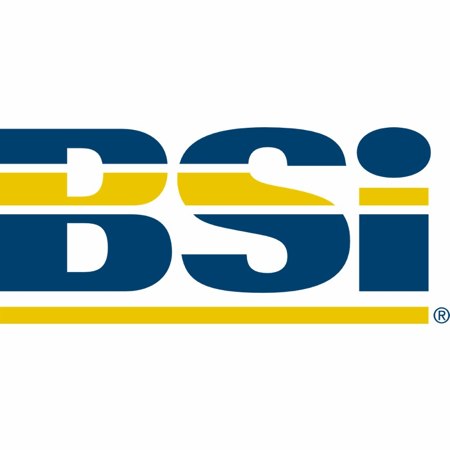A new standard has been introduced for new or retro-fitted doors in public spaces, which has some relevance to automated gates. BS 8613:2017 provides guidance on the best finger protection devices for doors but there are aspects of this standard which should definitely be applied when considering the potential risk of trapping fingers in automated and manual gates. Based on A&E data, the Royal Society for the Prevention of Accidents (RoSPA) has suggested that around 40,000 serious accidents happen each year in the UK when fingers, mainly those of children, are trapped in doors. These high figures currently on record indicate that child safety at mechanically operated and automatic doors – and gates – is paramount.
The pertinent points to consider are as follows:
- It states that all doors should have finger trap protection, this is also applicable to gates
- It states that young children suffer a disproportionate number of finger trap accidents – and the same can be said for gates
- As a general requirement, it states that protection should extend to within 15mm of the bottom of the door, again this should be the same for gates
- It states that there should be three hinges, this will prevent a catastrophic failure if one part fails. This is guidance that Gate Safe has been promoting for a long time!
- The testing of these devices should be in excess of 200,000 operations and this should be the standard for any finger trap components supplied for gates. We suspect this is simply not happening!
- The standard refers to ‘child appeal’ and states that any guard should not act as a magnet to attract the interest of small children, eg by using bright colours, again sound advice that is also relevant to gates
- It states that the guard should extend up to 1.8-2.0m and says that people that could reach above this height should be aware of the dangers although this may need to be reviewed if special needs patients may regularly use the door or gate
- The standard refers to the importance of routine maintenance to ensure the guards are regularly checked for any signs of wear and tear, eg breaks or tears
Gate Safe will be updating its training and any industry specific guidance to incorporate this latest guidance.
